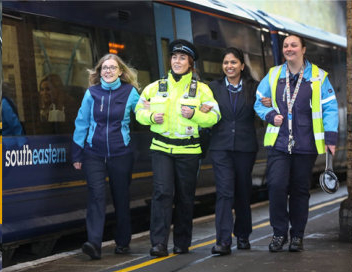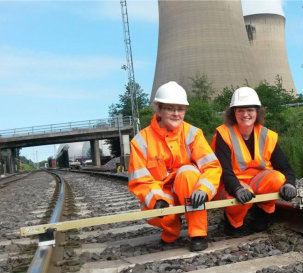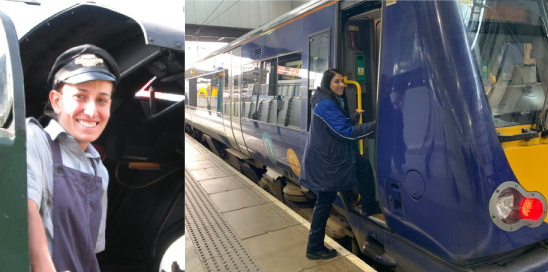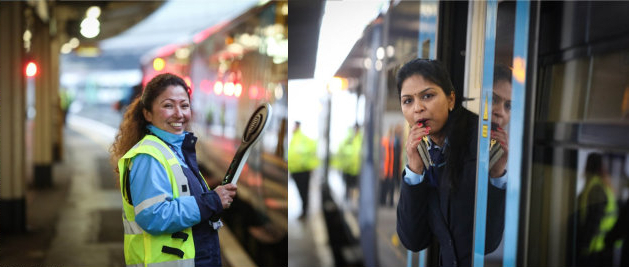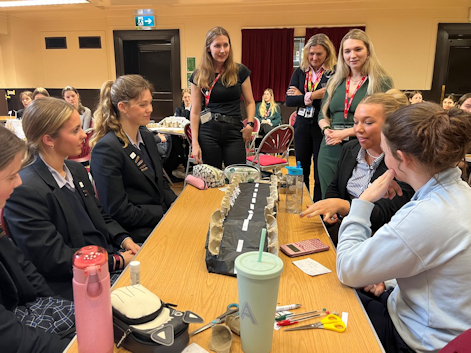
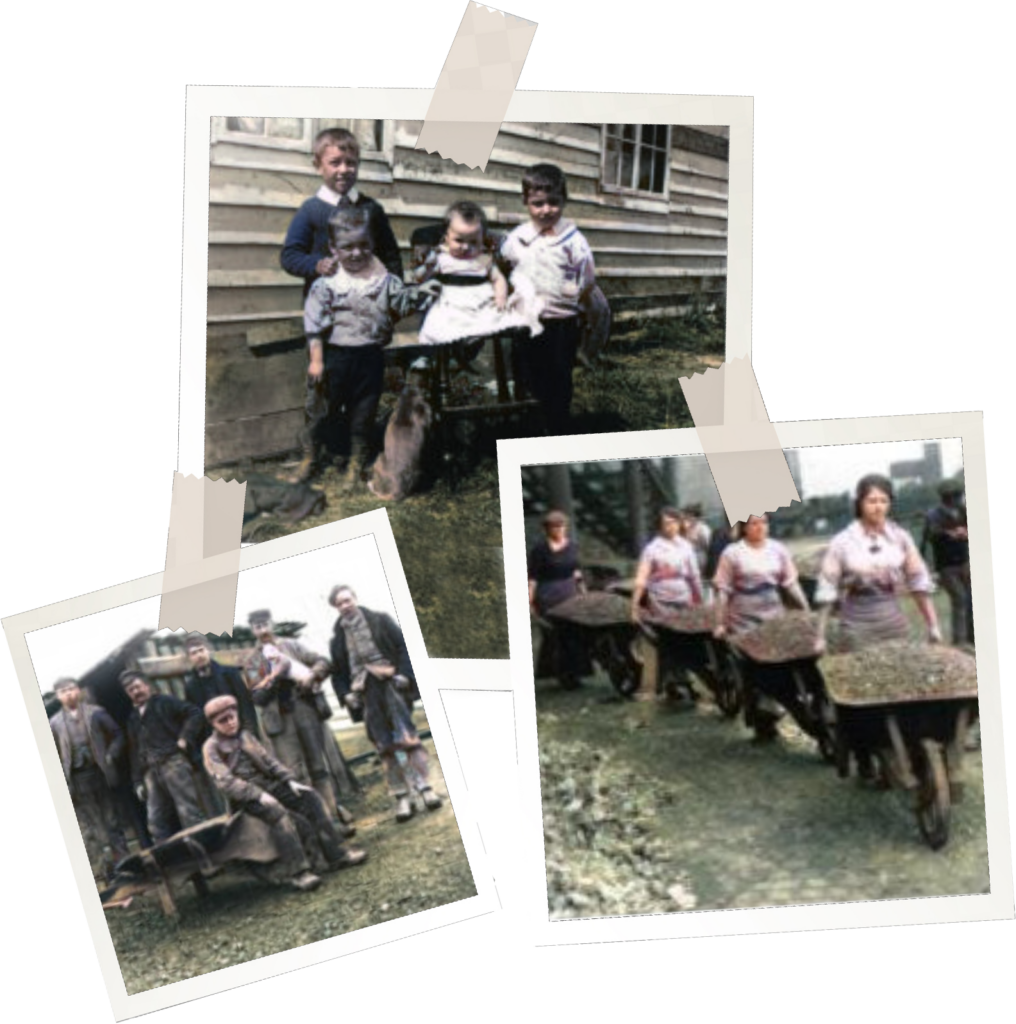
Building the railways - workers and WAGS
Development of the railways in the UK depended on the provision of railway lines and associated infrastructure. The work was undertaken by huge gangs of itinerant labourers known as navvies. At its peak in the 1840s, 250,000 labourers were employed – cutting and tunnelling the first railway network of the industrial age. The navvies were generally men but there is evidence of women also being employed as navvies.
As many navvies had a nomadic lifestyle, their wives and families had to accompany them as they travelled across the country to work on various engineering projects.
The women, often described as kind neighbours, good nurses, who cooked well and sent well-ordered children off to the mission schools, played a significant part in the effort to build the railway network.

Before 1914 - feminine propriety
In the early days of the railways women were usually recruited for those roles “that only women could do”. Women’s contribution was restricted largely to the likes of cleaning, sewing, cooking and ladies’ room attendants.
The one area where women were involved with operations was as level crossing gatekeepers. Some women whose husbands or fathers were employees of the railway were afforded the opportunity to become level crossing keepers. This task, often associated with provision of lodgings, was a great responsibility involving safety of the public, passengers and other railway employees.
At this time women were paid up to two thirds less than men. Railway women were also excluded from joining unions.
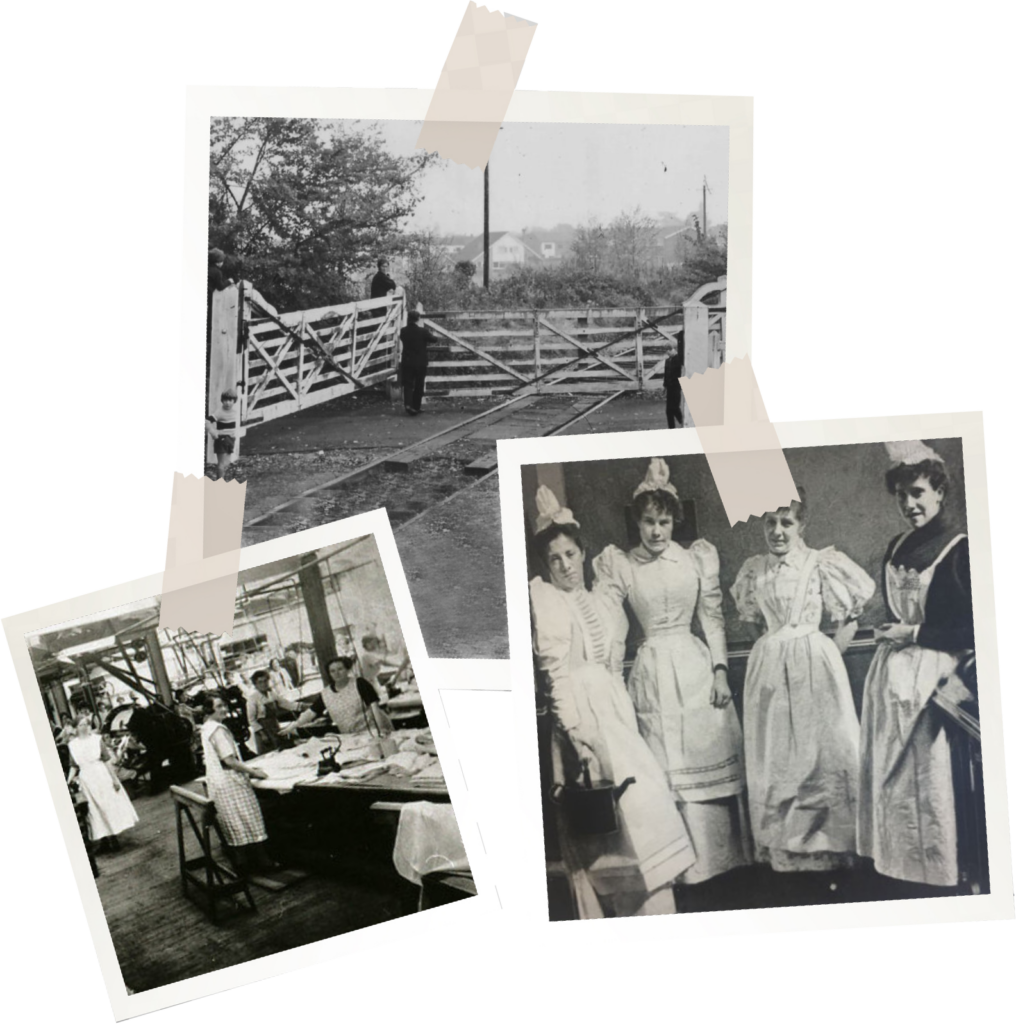

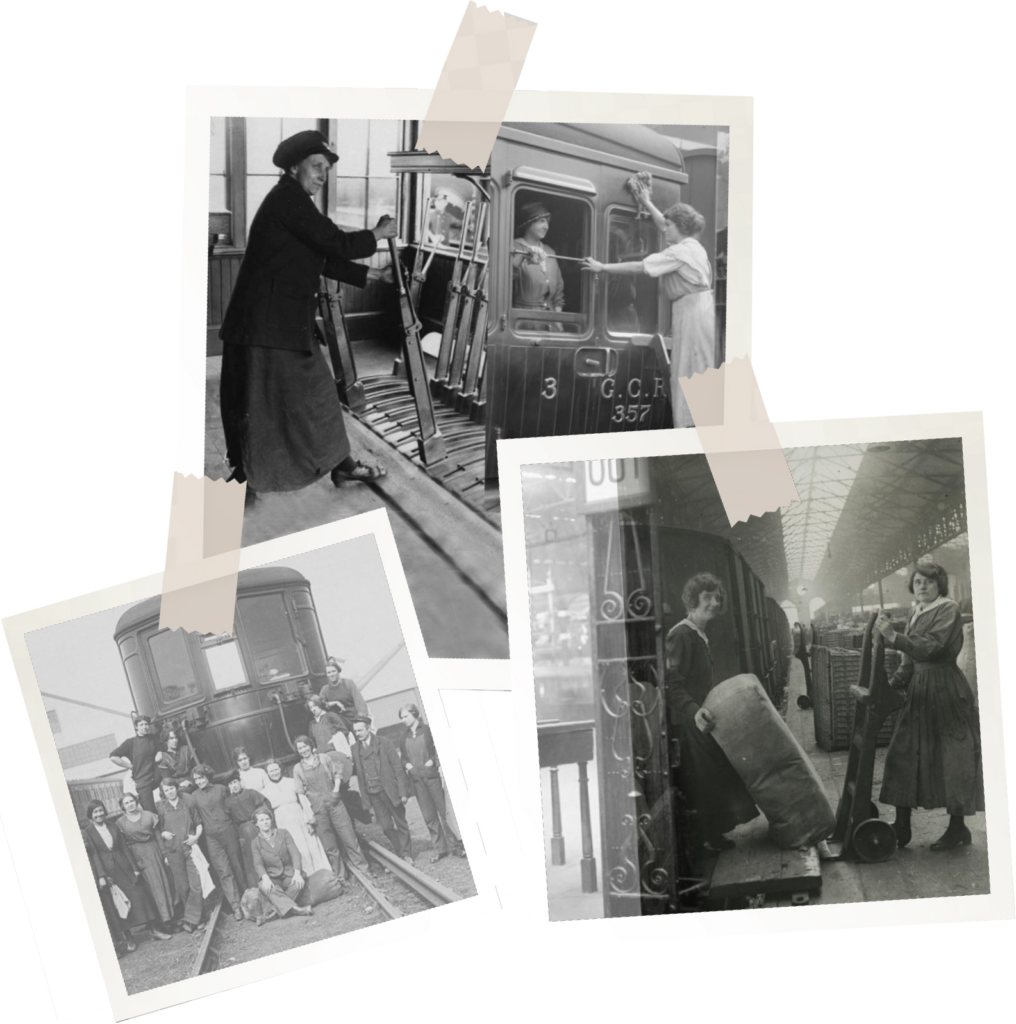
World War I - women keep the railways running
During the First World War, almost one third of male railway workers joined the armed forces, leaving the country’s railways in crisis. While opposition to women in rail was fierce, and they were restricted in carrying out certain work on the railways, there was a stampede for jobs. The proportion of women working in rail increased from 2% to 66% in four years. By the end of the war in 1918, almost 66,000 women were employed in the rail industry. Half of these women were uniformed, performing manual labour in roles previously considered inappropriate for women.
Women were employed in most railway jobs including the booking office, clerical, telephone and telegraph duties, employed in stationmasters’ office, engine cleaners, inspectors, locomotive cleaners, office clerks, parcel porters, policewomen, railway guards, signal box operator, telegraph office, ticket collectors.
In 1919, the Restoration of Pre-War Practices Act was passed, requiring women to give up their jobs to returning servicemen. Some were retained in their roles, but most were demoted or dismissed.

Between the wars
The railways entered a slow decline owing to a lack of investment and changes in transport policy and lifestyles.
Although during WW1 women played a vital role in the railway industry and successfully undertaken most railway jobs the inter war years saw their numbers and status decline. 1918 to 1939 the number of women employed by the railways had fallen by 31,000 from 56,000 to 25,000. In 1919, the Restoration of Pre-War Practices Act was passed, requiring women to give up their jobs to returning servicemen. Some were retained in their roles, but most were demoted or dismissed.
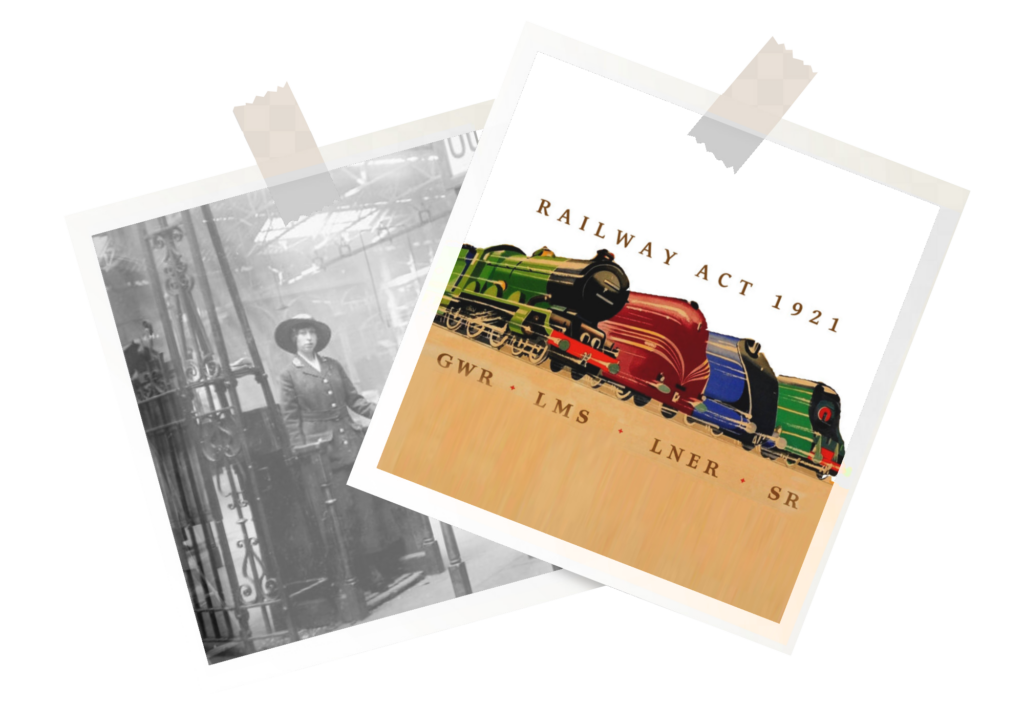
The majority of the railway companies in Great Britain were grouped into four main companies.
- Great Western Railway (GWR)
- London, Midland & Scottish Railway (LMS)
- London, North Eastern Railway (LNER)
- Southern Railway (SR)

World War II - women back to service
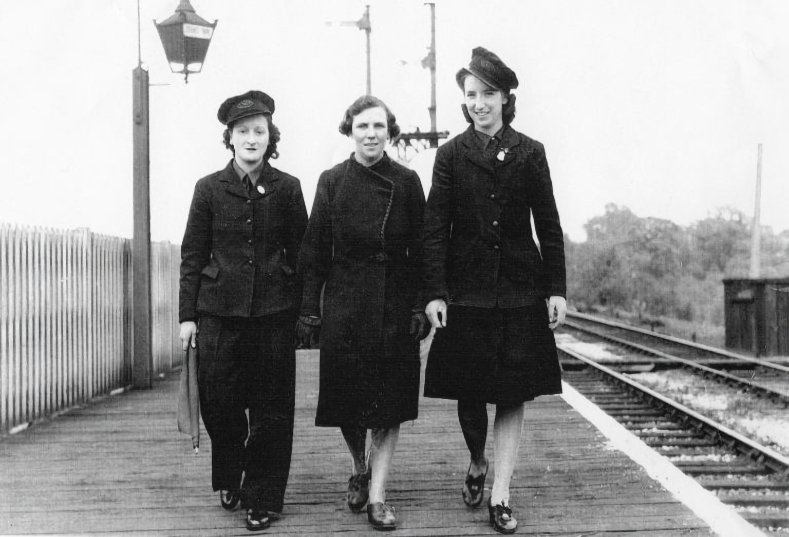

Modern times - towards equality
